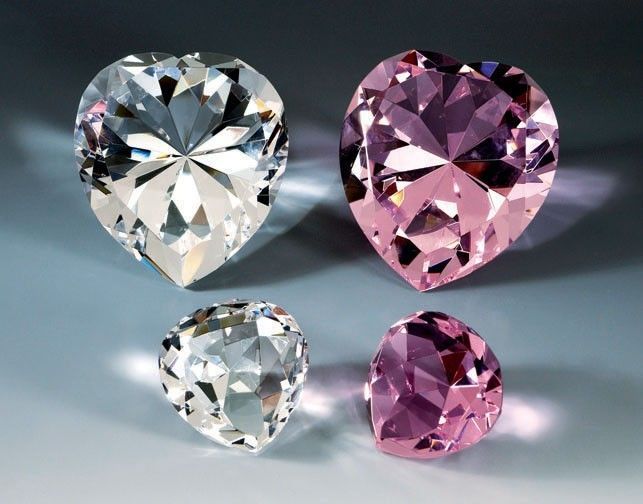Table of Contents
Introduction to Blood Diamonds
Blood diamonds, also known as conflict diamonds, are precious stones mined in war zones, often under brutal conditions. These diamonds are illegally traded to fund armed conflict, leading to devastating consequences for communities and the environment.
Impact of Blood Diamonds
Blood diamonds have profound social and environmental impacts. In war-torn regions, diamond mining finances armed conflict, perpetuating violence and human rights abuses. Moreover, the mining process destroys ecosystems, pollutes water sources, and displaces indigenous populations.
Efforts to Combat Blood Diamonds
To address the issue of que son los diamantes de sangre, the international community established the Kimberley Process Certification Scheme. This initiative aims to prevent the trade of conflict diamonds by implementing strict regulations and monitoring systems. Additionally, non-governmental organizations (NGOs) play a crucial role in raising awareness and advocating for ethical practices within the diamond industry.
The Story Behind Blood Diamonds
Diamond mining is a labor-intensive process that often involves exploitation and abuse. Miners, including children, work in hazardous conditions with minimal pay. Moreover, armed groups control many diamond mines, subjecting workers to violence and coercion. This grim reality highlights the human cost of the diamond trade.
The Global Trade of Blood Diamonds
The trade of blood diamonds involves various players and regions worldwide. African countries like Sierra Leone, Angola, and the Democratic Republic of the Congo are major producers of conflict diamonds. These diamonds enter global markets through complex networks, making it challenging to trace their origins.
Consumer Awareness and Responsibility
As consumers, we have a responsibility to ensure that the diamonds we purchase are ethically sourced. By demanding transparency and supporting companies that adhere to ethical standards, we can contribute to positive change in the diamond industry. Additionally, there are alternatives to traditional diamonds, such as lab-grown diamonds and recycled diamonds, which offer a more sustainable choice.
The Future of Blood Diamonds
Technological advancements, such as blockchain technology, lab created diamonds, offer promising solutions for tracking the journey of diamonds from mine to market, thereby reducing the risk of blood diamonds entering the supply chain. Moreover, as awareness of ethical issues grows, consumers are increasingly seeking out responsibly sourced diamonds, prompting industry-wide shifts towards sustainability and accountability.
Conclusion
The issue of blood diamonds remains a significant challenge, but concerted efforts from governments, NGOs, and consumers are making a difference. By supporting ethical practices and advocating for transparency in the diamond industry, we can help combat the trade of blood diamonds and promote a more sustainable and responsible diamond market.

